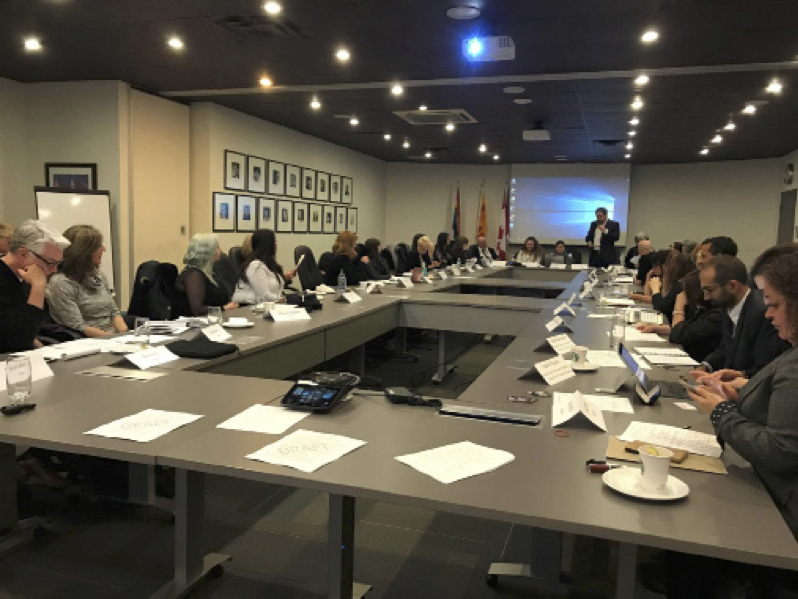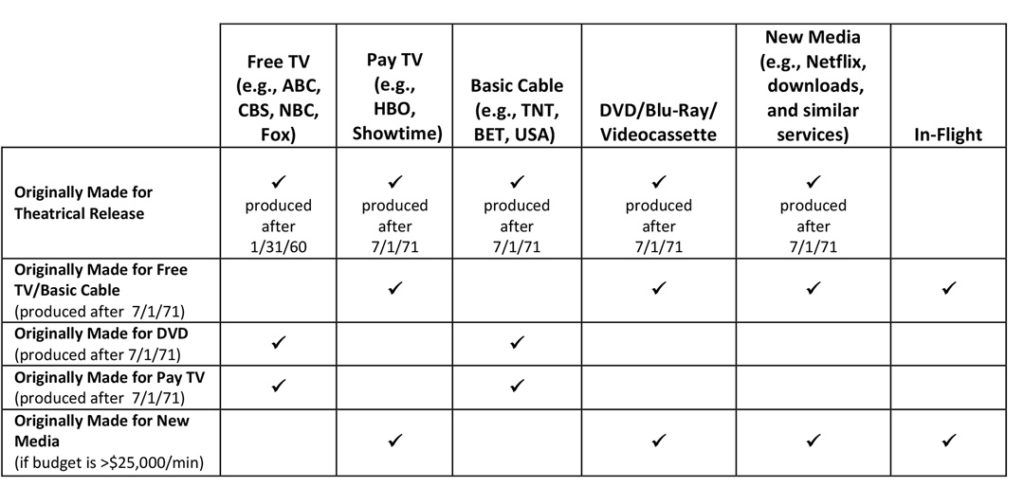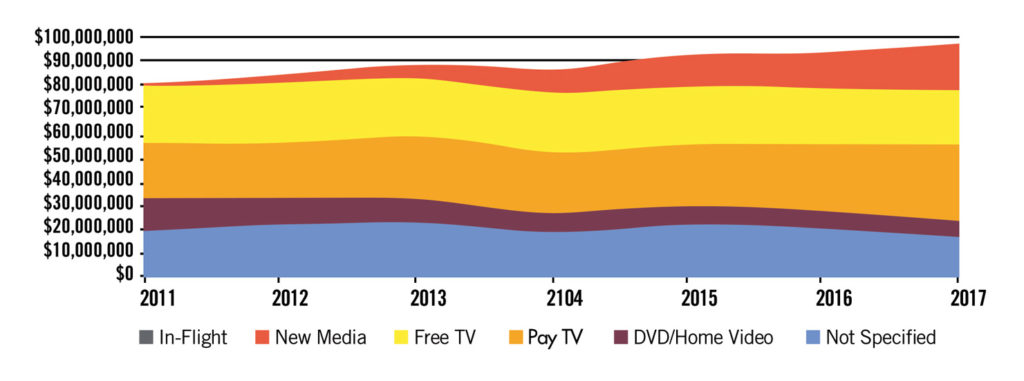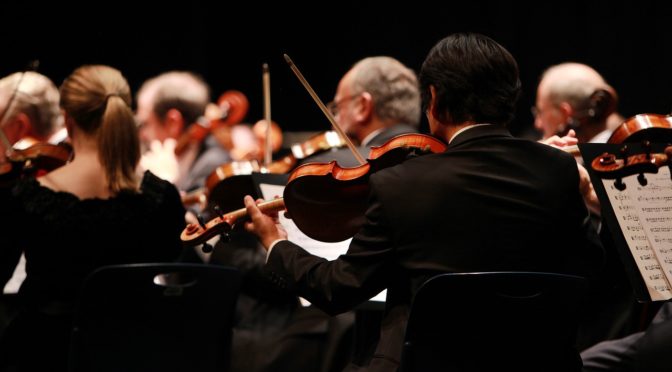Canadian Federation of Musicians continued to lobby the Parliament of Canada to include the carriage of musical instruments as part of the Passenger Rights Proposals on Bill C-49: The Transportation Modernization Act. CFM/AFM International Representative Allistair Elliott and AFM Local 180 (Ottawa-Gatineau, ON) President Francine Schutzman, appeared before the Transportation and Communications Committee of the Senate of Canada. Through the lobbying efforts of the CFM, Bill C-49: The Transportation Modernization Act contains language mandating that all Canadian airlines implement a fair policy for musicians flying with their instruments. The bill passed through the House and, if passed by Senate, will align Canadian regulations with those already in place in the US. CFM anticipates this Bill will receive Royal Ascent before June 2018.
For three years, CFM has been working on legislation to include musical instruments in Passenger Rights. Transport Canada will be tasked with preparing regulations to accompany the legislation. The process is expected to take the remainder of 2018, culminating with the Canadian airlines implementing a musical instrument friendly policy by early 2019.
“It is critical that, as professional musicians, we are able to get to the show, audition, rehearsal or concert hall without fear of our instruments not making the flight. Clear consistent regulations enacted by a policy for musicians travelling on airlines that hold those airlines accountable is a victory. We are committed to working with the Canadian Transport Agency on getting this Bill passed, says Elliott.
“I was honoured to join Allistair Elliott for this all-important presentation on behalf of our 17,000 CFM musicians. We need industry-wide, consistent guidelines for traveling with instruments, and it is our hope that the passage of law C49 will help us achieve this aim,” adds Schutzman.
Below is the French translation.
La FCM poursuit ses pressions pour l’inclusion des instruments de musique dans les droits des passagers aériens du projet de loi c-49
La Fédération canadienne des musiciens (FCM, le bureau national canadien de la Fédération américaine des musiciens (AFM)) a poursuivi son travail de lobbying auprès du Parlement du Canada en vue de faire inclure le transport des instruments de musique dans le cadre des propositions sur les droits des passagers aériens liées au projet de loi C-49 : la Loi sur la modernisation des transports. Allistair Elliott, Représentant international de la Fédération canadienne des musiciens, et Francine Schutzman, Présidente de la Musicians’ Association of Ottawa-Gatineau (Local 180 de l’AFM), ont comparu devant le Comité sénatorial des transports et des communications du Canada. Grâce aux efforts de lobbying de la FCM liés au projet de loi C-49 : la Loi sur la modernisation des transports, cette dernière stipule que TOUTES les compagnies aériennes canadiennes doivent instituer une politique équitable pour les musiciens qui voyagent avec leurs instruments. Le projet de loi a été adopté par la Chambre des communes et, s’il est adopté par le Sénat, alignera les règlements canadiens avec ceux déjà en place aux États-Unis. La FCM prévoit que ce projet de loi obtiendra la sanction royale d’ici juin 2018.
Depuis trois ans, la FCM travaille sur un projet législatif visant l’inclusion des instruments de musique dans les droits des passagers aériens. Transports Canada sera chargée de l’élaboration des règlements qui accompagneront la loi. Ce processus devrait prendre tout le reste de l’année 2018 et atteindre son apogée au début de l’année 2019, avec l’instauration par les compagnies aériennes canadiennes d’une politique favorable au transport des instruments de musique.
« Il est essentiel, en tant que musiciens professionnels, de pouvoir se rendre au spectacle, à l’audition, à la répétition ou à la salle de concert sans craindre que nos instruments ne soient pas à bord. Des règlements clairs et harmonisés issus d’une politique visant les musiciens voyageant à bord des différentes compagnies aériennes et qui tiennent ces compagnies responsables représentent une victoire, mais nous sommes déterminés à travailler avec Transports Canada pour faire adopter ce projet de loi », a déclaré Elliott.
« J’ai eu l’honneur de me joindre à Allistair Elliott pour cette présentation de la plus haute importance faite au nom de nos 17 000 musiciens membres de la FCM. Pour ceux qui voyagent avec leurs instruments, il faut des lignes directrices uniformes applicables à l’ensemble de l’industrie, et nous espérons que l’adoption du projet de loi C-49 nous aidera à atteindre cet objectif », d’ajouter Schutzman.














